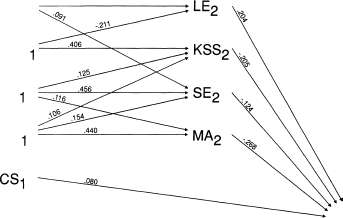Table 1. As can be seen, there is consider-
Predictors Model 1 Model 2 Model 3
Wave 1 Measures
|
|
|
|
|
(.481) |
|
|
|
-.019 |
|
|
|
(-.355) |
|
|
|
-.101 |
|
|
|
(-.072) |
|
|
|
-.005 |
|
|
|
(-.090) |
|
|
|
-.077 |
|
|
|
(-1.630) |
|
|
|
-.048 |
|
|
|
(-.349) |
|
|
|
.002 |
|
|
|
(.004) |
|
|
|
-.063 |
|
|
|
(-.178) |
|
|
|
|
|
|
|
|
|
|
|
|
|
|
|
|
|
|
|
|
|
|
|
|
|
|
|
|
|
|
|
|
|
|
|
|
|
|
|
|
|
|
|
|
|
|
|
|
|
|
|
|
|
|
|
|
|
|
|
|
|
|
|
|
|
|
|
|
|
|
|
|
|
|
|
|
|
|
|
|
|
|
|
|
|
|
|
|
|
|
|
.234 |
|
|

CES-Dr
Equa-ation
I: Main Effects: Control Variables, Wl and W2 Predictors1
III: Stress-Conditioning: Equation I Plus Interactions Between Wl
IIIA: Psychological Resources6
IIIB: Social Resources7
IV: Contemporaneous Interactions: Equation I Plus Interactions
|
|
|
|
|
|
|
|
|
|
|
|
|
|
|
|
|
|
|
|
|
|
|
|
|
|
|
|
|
|
|
|
1 See Model 4, Table 1.